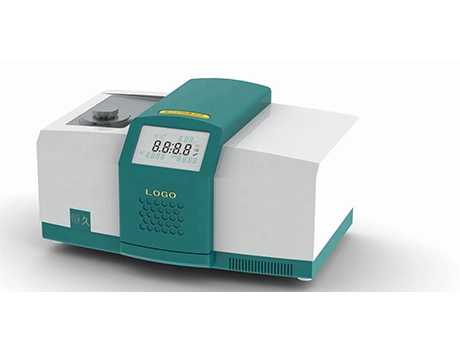As an important material characterization method, thermogravimetric analysis (STA) plays an irreplaceable role in scientific research and industrial production. However, it is not easy to truly master STA and conduct successful STA thermal analysis. This article will share some key tips and strategies to help readers achieve better results in the field of STA thermal analysis.
First of all, the premise of successful STA thermal analysis is a deep understanding of the basic principles and operating points of STA. This includes understanding the working principle of the thermogravimetric analyzer, sample preparation requirements, and selection of test conditions. By mastering these fundamentals, we are able to interpret STA thermal analysis data more accurately and avoid errors due to improper operation.
Experimental design and sample handling are crucial to the accuracy of simultaneous thermal analysis results. In terms of experimental design, we should fully consider the nature of the sample, the test purpose and the expected results, and reasonably select the test conditions, such as heating rate and atmosphere conditions. At the same time, sample handling is also a key link. We should ensure that the purity, dryness, and particle size of the sample meet the test requirements to reduce the interference factors in the test process.
The interpretation and analysis of simultaneous thermal analysis data is the key link to master STA. When interpreting the data, we should pay attention to the change trend of the thermogravimetric curve, the location and intensity of the characteristic peaks, and analyze the possible reaction processes such as thermal decomposition and oxidation combined with the properties of the samples and experimental conditions. In addition, we can also use data processing software to further process and analyze the data and extract more useful information.
Mastering STA is not done overnight, it requires long-term practice and experience accumulation. In the process of simultaneous thermal analysis TGA DSC, we should constantly sum up the experience and lessons, and conduct in-depth thinking and analysis for the problems encountered. At the same time, we should also maintain a learning attitude, pay attention to the latest progress and technological innovation in the field of STA thermal analysis, and constantly improve their professional quality and skill level.
In short, mastering STA and successfully conducting STA thermal analysis requires a deep understanding of the fundamentals, optimization of experimental design and sample handling, accurate interpretation of data, and continuous accumulation of experience and learning. Through the application of these techniques and strategies, we can achieve better results in the field of STA thermal analysis and provide strong support for scientific research and industrial production.
